The “Pajare” in Salento
The Pajare also called “caseddhi“, but also “pagghiari” or “furni” are particular typical buildings present in Salento and are considered typically rural homes and built with the dry wall technique. Furthermore, they respect the standards of green building because the use of natural materials such as stone does not affect the environment, becoming a true engineering marvel.

Origins
With a rather uncertain and controversial history, the Salento pajare have a decidedly ancient origin, presumably dating back to around the year 1000 AD, although some historians date them between 2000 BC. and the end of the Bronze Age. Whatever their origin, however, the Salento pajare fully identify with the surrounding landscape, adding a pinch of folklore to an area that is already fascinating and evocative in itself.
Used by Salento farmers as a place to rest after an intense day of work or to escape a sudden storm, the pajare often served as real summer homes, ideal for closely monitoring both the livestock and the more delicate crops . In appearance, very similar to trulli, equipped with windows and can also be quite luxurious and large, the pajare are characterized by a small and spartan environment, without windows and without too many frills and frills.
Creation of the Pajare in Salento
These typical truncated cone-shaped buildings are a true architectural jewel, created by interlocking stones of different sizes, found locally and placed together with meticulous compositional work, without the use of cement.

In fact, the architectural technique by which the Salento trulli are built is the derivation of the relief triangle system, just as the dome and the barrel vaults are derived from the round arch.
Only a hammer of a particular shape was used as a tool, having a dual function: on the one hand it was used to settle the stones and on the other to slightly smooth them.
Once the site had been chosen, the farmer or expert builder drew the plan of the shelter directly on the ground.
A gap (“muraja“) was left between the internal and external walls, the width of which varied depending on the size of the shelter (generally a couple of metres); this is filled with smaller stones mixed with the ground. The stones of the same layer, which contrast laterally constituting an almost rigid annular system, even without armor or mortar, supported each other exclusively through contrasts and the force of gravity. The subsequent and overlying rings project slightly inwards thanks to the use of longer stones. At the end, a large slab (“chiànca“) was placed, acting as the key to the entire structure and covering the opening.
Outside they have a staircase, also erected with the dry construction technique, which connected the door with the fragile roof. The latter, called a false dome, reveals the extraordinary skill of the ancient builders: the stones that make up the roof, in fact, are held together by the lateral contrast between them and by the force of gravity.
Modern use of Pajare in Salento
Furthermore, pajare have the ability to keep the environment cool and dry, even during the hottest hours and in the presence of scorching and intense temperatures. Unique in its kind is lu pagghiarune, located in Tuglie, with a truncated cone shape, made up of three steps and has a dovecote on the upper part.
It is very popular in Salento to convert these rural buildings into structures for overnight stays or refreshments, giving tourists the experience of being able to spend moments of relaxation, immersed in greenery and tradition.
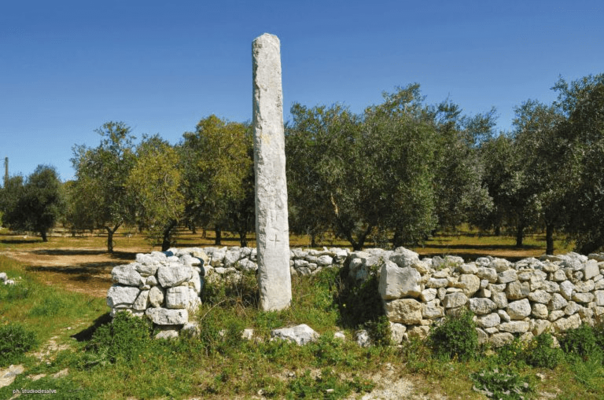
The Menhirs in Salento
Silent witnesses of the first expressions of human feeling, of a past that did not yet know the Messapic civilization, are the Menhirs scattered throughout Salento, whose origin and function remain shrouded in an aura of mystery. Erected starting from the Neolithic, the Menhir is a type of megalithic monument consisting of a monolithic column, […]
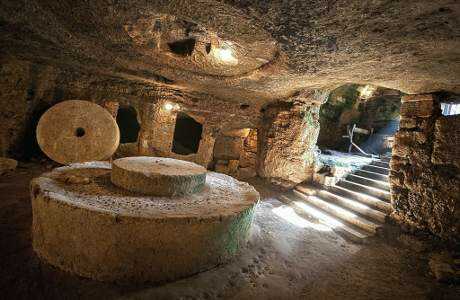
Hypogean oil mills in Salento
It is precisely in the lower Salento, precisely in Presicce, that we find the greatest number of underground oil mills dug into the stone, called trappeti.
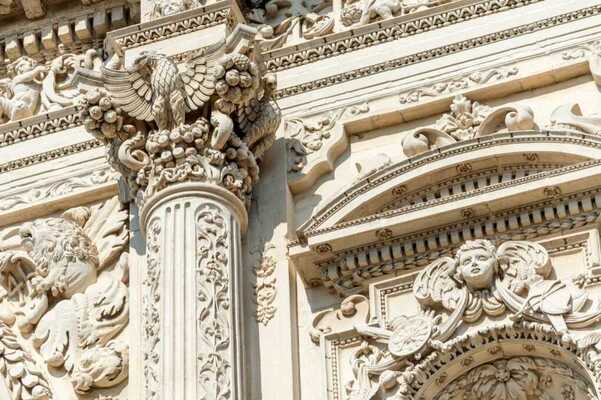
The Lecce baroque
Lecce known as the "Florence of the South" is an open-air museum that enchants its visitors with the exuberance of its typical features of the Lecce Baroque, visible in its architecture in the historic center.
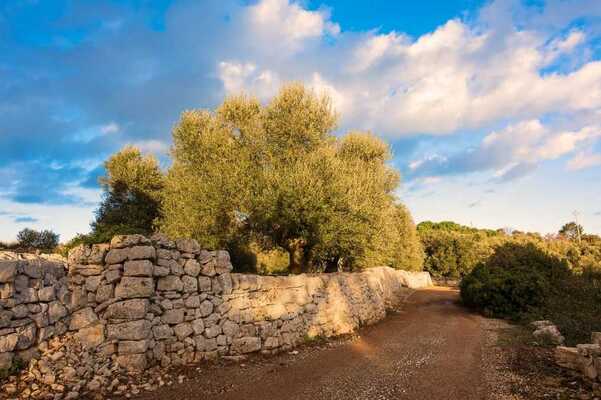
Dry stone walls in Puglia
Among the many peculiarities that characterize the Salento landscape and Puglia in general, there are undoubtedly the dry stone walls. These walls give all visitors one of the most authentic faces of Salento such that they immediately understand where they are. The creators of the "dry stone walls", who handed down this art form through the centuries, were certainly the descendants of the Messapians and the Neoliths.
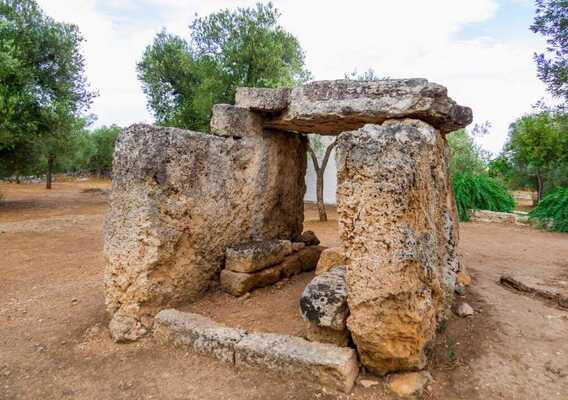
The Dolmens in Salento
It is difficult to explain the overwhelming love for this extraordinary place, a land made of landscapes, colors and mysteries: Salento which has very ancient, even prehistoric, roots. We start precisely from the 4th millennium BC. with the birth of the Dolmen in the Salento area.
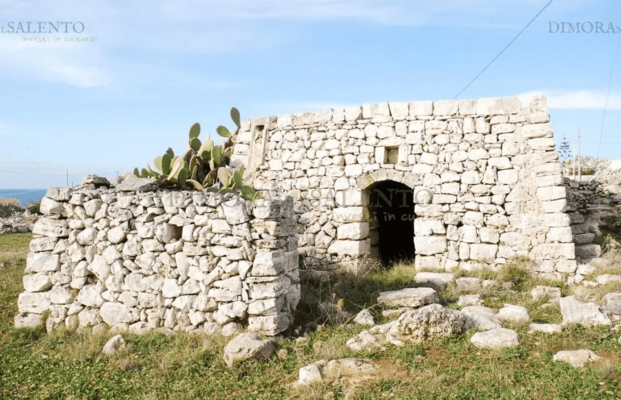
The “Liame” in Salento
The Salento "liame" are rural buildings, with a quadrangular or rectangular plan with a barrel vault. The perimeter walls of the liàme are built with dry stone, while the barrel vault roof is made of blocks of tufaceous stone (“pièzzi de càrparu”).


